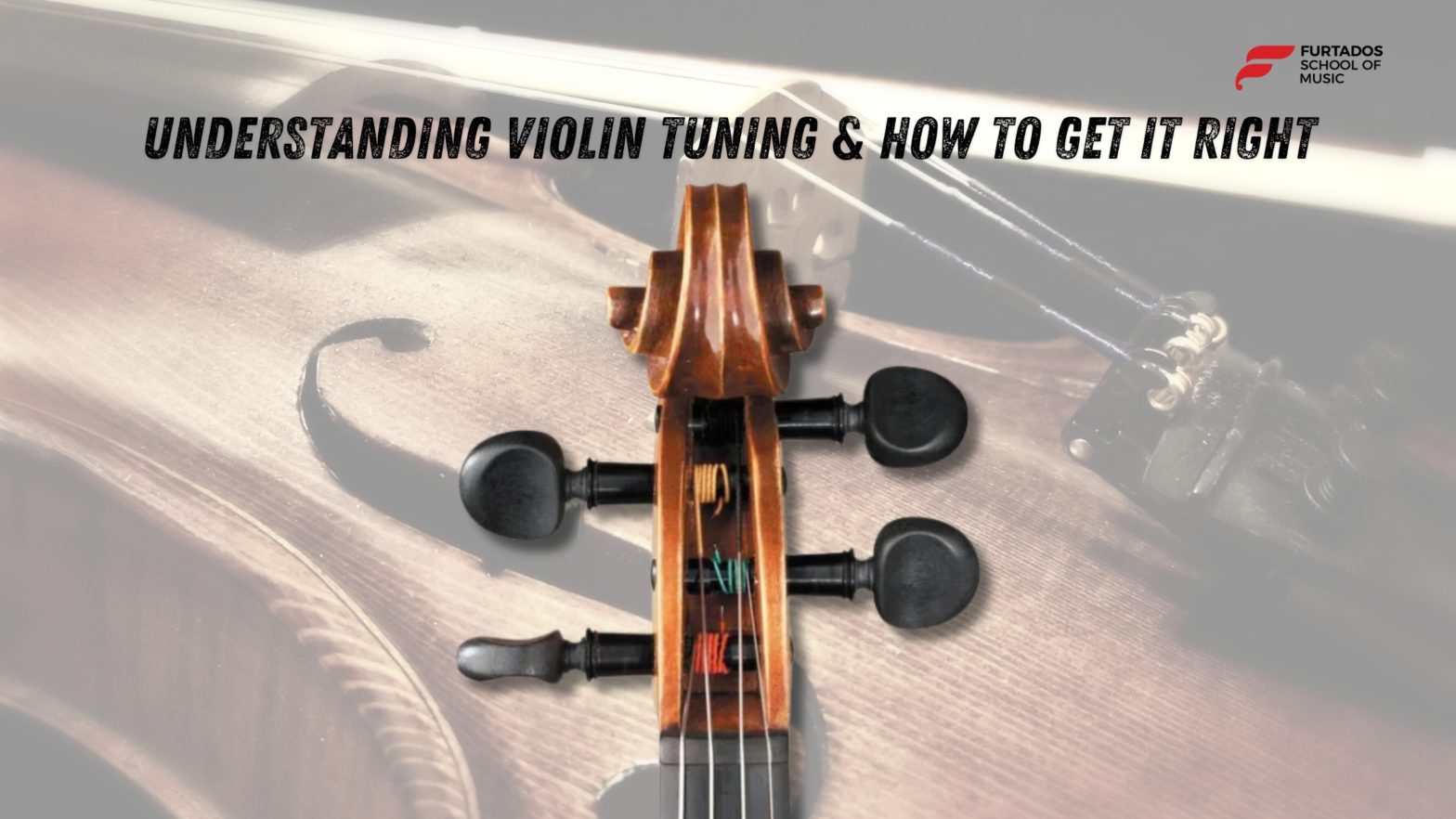For any aspiring musician, mastering the violin starts with one of the most critical skills: proper tuning. Whether you’re a beginner or looking to pursue a career in the music industry, understanding violin tuning is essential to ensure your instrument sings with clarity and precision. In this article, we’ll explore the basics of violin tuning, explain how to tune a violin effectively, and share practical violin tuning tips that will help you along your musical journey.
The Importance of Violin Tuning
Proper violin tuning is not just about ensuring that your instrument sounds good—it’s the foundation of your entire playing experience. A well-tuned violin:
- Enhances Sound Quality: Tuning brings out the rich harmonics of your instrument, making practice sessions and performances more enjoyable.
- Improves Musical Intuition: Regular tuning trains your ear, helping you recognize subtle differences in pitch, which is invaluable for any musician.
- Builds Confidence: Starting with a properly tuned instrument boosts confidence, whether you’re playing solo or in an ensemble.
Understanding violin tuning is especially crucial for those who aspire to a professional career in music, where precision in every note matters.
How to Tune a Violin: A Step-by-Step Guide
Learning how to tune a violin may seem intimidating at first, but with these simple steps, you’ll get it right every time:
-
Gather Your Tools
To tune your violin accurately, you will need:
- An electronic tuner or tuning app – Provides a reference pitch to guide your tuning.
- Tuning pegs – Used for major pitch adjustments.
- Fine tuners – Located on the tailpiece, these help with minor adjustments.
-
Start with the A String
- Use the tuner to match your A string to 440 Hz (standard tuning).
- Turn the tuning peg slightly if the pitch is too low or high, adjusting gradually.
- If the pitch is only slightly off, use the fine tuners to make small corrections.
-
Tune the D, G, and E Strings
- Once the A string is set, tune the D string next, followed by the G string (the lowest pitch) and E string (the highest).
- Always play two strings together to check for harmonic balance.
-
Double-Check Your Tuning
- Play each string slowly to ensure it aligns with the tuner.
- If any string slips out of tune, repeat the process.
Mastering how to tune a violin is an essential skill that, with practice, will become second nature.
Essential Violin Tuning Tips for Beginners
Here are some violin tuning tips to help you tune accurately and maintain your violin’s sound quality:
- Tune in a Quiet Space: External noise can interfere with hearing the correct pitch.
- Use a Reference Pitch: Always compare your tuning with an external source like a piano or digital tuner.
- Make Small Adjustments: Over-tightening can snap a string—turn pegs and fine tuners gradually.
- Regularly Check Tuning: The violin’s pitch can shift due to temperature, humidity, and playing intensity.
- Keep Strings in Good Condition: Old or worn-out strings can cause tuning instability—replace them regularly.
Following these violin tuning tips will help you develop a keen ear and ensure your instrument sounds its best.
Why Choose Furtado School of Music?
For music aspirants looking to refine their skills, Furtado School of Music (FSM) stands out as a premier destination for violin training. FSM offers specialized courses that cover everything from violin tuning basics to advanced performance techniques.
Here’s why FSM is the right choice for aspiring violinists:
- Expert Instruction: FSM’s instructors are seasoned professionals with years of experience in both teaching and performance.
- Personalized Learning: Courses are designed to suit different skill levels, ensuring that each student progresses at their own pace.
- State-of-the-Art Facilities: With high-quality instruments and interactive learning environments, FSM provides a top-tier musical education.
- Career-Ready Training: Beyond technique, FSM prepares students for a professional career by focusing on performance skills, music theory, and stage confidence.
At FSM, you’ll not only learn how to tune a violin but also build a solid foundation to grow into a skilled musician.
Start Your Violin Journey with FSM
Mastering violin tuning is just the beginning of your journey as a violinist. With patience, practice, and expert guidance from FSM, you can develop the skills needed to excel in the music industry.
Are you ready to fine-tune your musical skills? Enroll in FSM’s violin courses today and take the first step toward becoming a professional musician!
By following these tuning techniques and seeking professional training, you can ensure that your violin always produces the perfect sound. Whether you’re just starting out or aiming for a career in music, Furtado School of Music will support your journey every step of the way.
